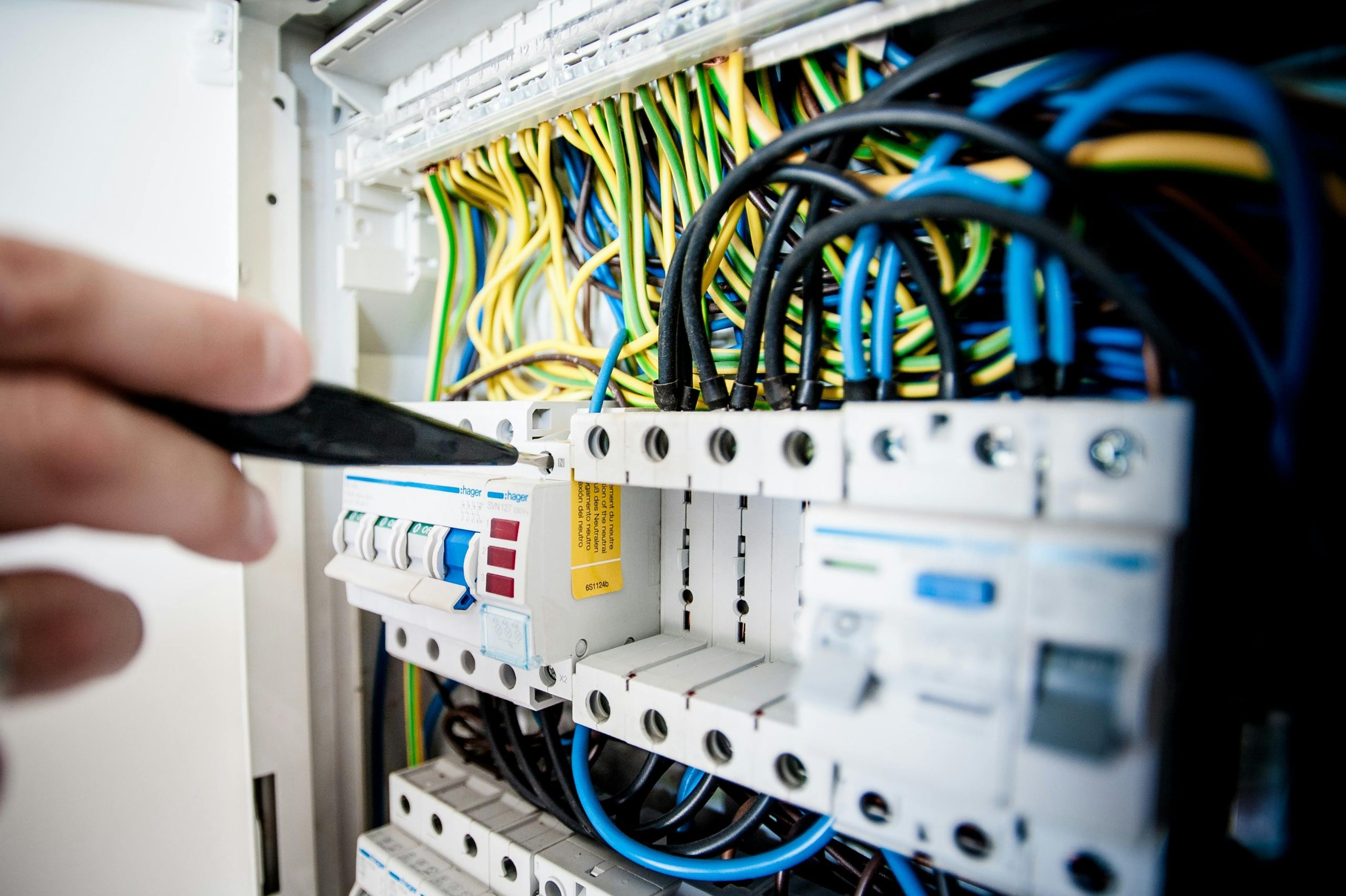Ensuring Proper Network Wiring in Commercial Environments: A Guide to Restoring Connectivity
In hospitality settings such as hotels, maintaining a reliable and secure network infrastructure is essential for providing guests with seamless internet access. However, network disruptions can occur unexpectedly—sometimes due to accidental disconnections or improper wiring. If you find yourself facing a similar situation where your hotel’s Wi-Fi network has gone offline after Ethernet cables were unintentionally unplugged, understanding how to correctly restore and wire your network hardware is crucial.
Understanding Your Network Components
Before diving into the troubleshooting process, it’s important to familiarize yourself with the typical hardware involved:
-
Network Switches: Devices like a Netgear switch with labeled ports (e.g., “Main Internet,” “Stay Connect,” and other markings) facilitate the interconnection of various network devices. These ports often connect to Access Points (APs), routers, and security gateways.
-
Wireless Access Points (APs): For large-scale deployments, such as in a hotel, multiple access points are used to extend Wi-Fi coverage. The 16-port access point switch serves to distribute network connectivity to individual APs.
-
Routing and Security Devices: The Ubiquiti Security Gateway (USG) provides firewall and routing features, ensuring network security and proper segmentation.
-
Routers: Standalone routers from brands like Netgear handle DHCP services and internal network management.
Steps to Correctly Rewire and Restore Network Connectivity
-
Assess the Physical Connections: Begin by visually inspecting all cables and ports. Verify that Ethernet cables are securely connected, especially around critical devices such as the security gateway, router, and switch.
-
Identify Port Labels and Cables: Use the port labels as a reference. For example:
- “Main Internet” port should connect to your internet service provider’s (ISP) modem or upstream connection.
-
“Stay Connect” or other custom labels likely indicate designated links to access points or specific network segments.
-
Consult Network Diagrams or Documentation: If available, review existing diagrams that showcase how equipment is interconnected. This helps to confirm proper wiring paths.
-
Reconnect in the Correct Sequence:
- Connect the ISP’s modem to the “Main Internet” port on your Netgear switch.
- Connect the switch to the Ubiquiti Security Gateway, ensuring proper routing.
- From the Security Gateway, link to the Netgear router if
Share this content:



